


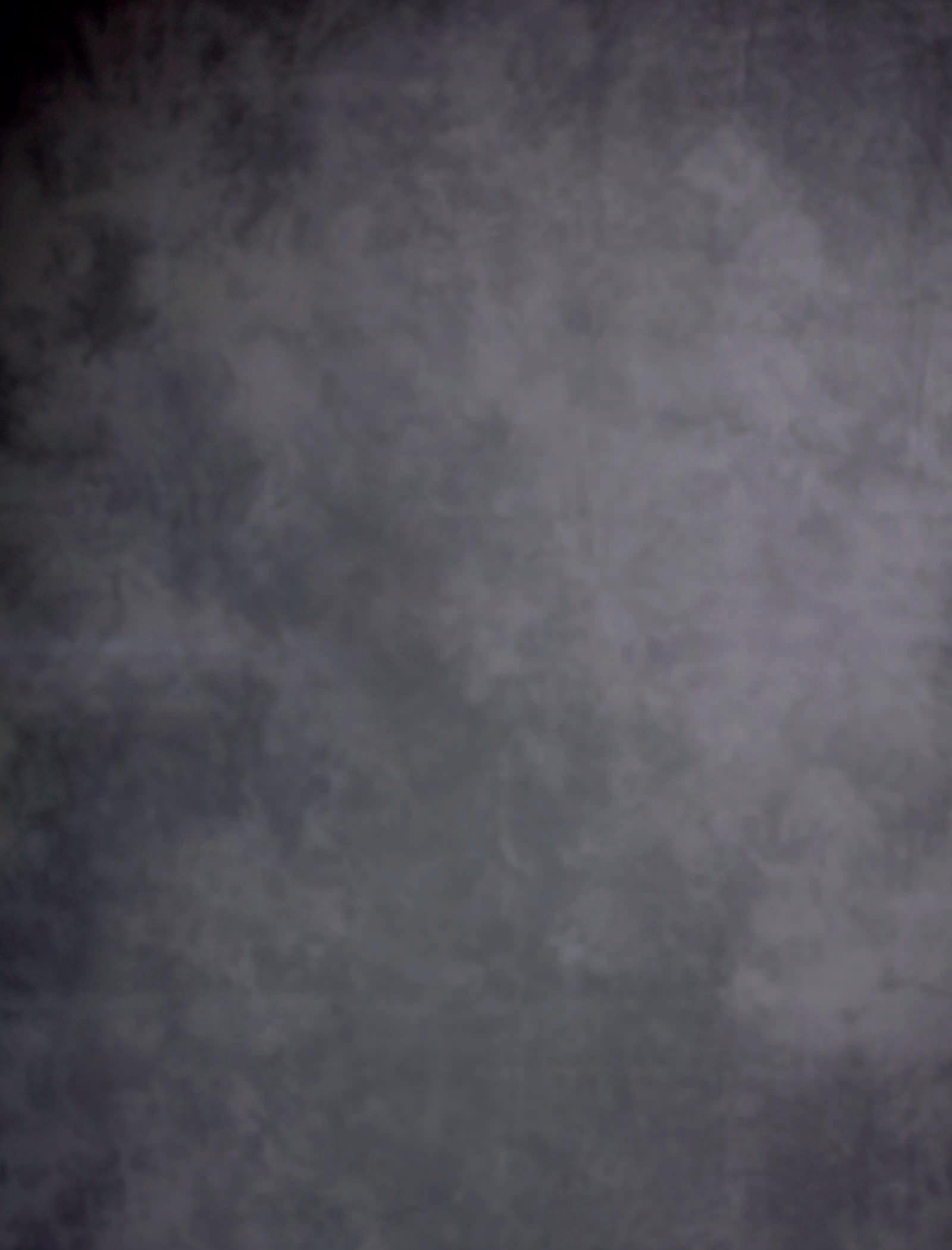











Aquaculture—thefarmingoffish,shellfish,andaquatic
plants—isnolongerjustaresponsetorisingglobalseafood demand.Ithasbecomeacornerstoneofsustainablefood production,economicgrowth,andtechnologicalinnovationinthe21st century Astheworldgrappleswithclimatechange,foodsecurity,and thedepletionofwildfishstocks,aquaculturehasemergednotonlyasa solutionbutasathriving,future-focusedindustrydriving transformationfromtheoceanstothemarketplace.
Thisspecialfeature, Top 10 Aquaculture Companies Making Waves in the Industry, 2025,isacelebrationofthetrailblazerswhoare reshapinghowtheworldthinksabout—andsources—itsseafood. Thesecompaniesarenotjustproducingatscale;theyareinnovating acrossthevaluechain,investinginenvironmentallyresponsible practices,andintegratingcutting-edgetechnologiessuchasAI-driven monitoringsystems,biosecurehatcheries,andsustainablefeed alternatives.
Whatdistinguishesthesecompaniesistheirabilitytoalignprofitability withresponsibility.Inanindustryoftenchallengedbyenvironmental scrutinyandregulatorycomplexity,theseleadersaresettingnew benchmarksfortransparency,traceability,andecologicalstewardship. Theirmodelsprovethatitispossibletomeetgrowingglobaldemand whileprotectingmarineecosystemsandupliftingcoastalcommunities.
Fromland-basedrecirculatingaquaculturesystems(RAS)tooffshore operationspoweredbycleanenergy,thecompaniesfeaturedhere reflectaboldvisionforwhataquaculturecanbecome.Theyarenot onlydeliveringhigh-quality,nutritiousseafoodtoglobal markets—theyarecontributingtoahealthierplanetandmoreresilient foodsystems.
Thisrecognitionismorethanalist—itisatributetothepowerof innovation,commitment,andpurpose.Thesetop10companies exemplifywhatitmeanstoleadwithvisioninanincreasinglyvital sector.Astheworldlookstowardsustainablesolutionsforfuture generations,aquaculturewillplayadefiningrole—andthese companiesarealreadyatthehelm,makingwavesthatwillripplefar intothefuture.
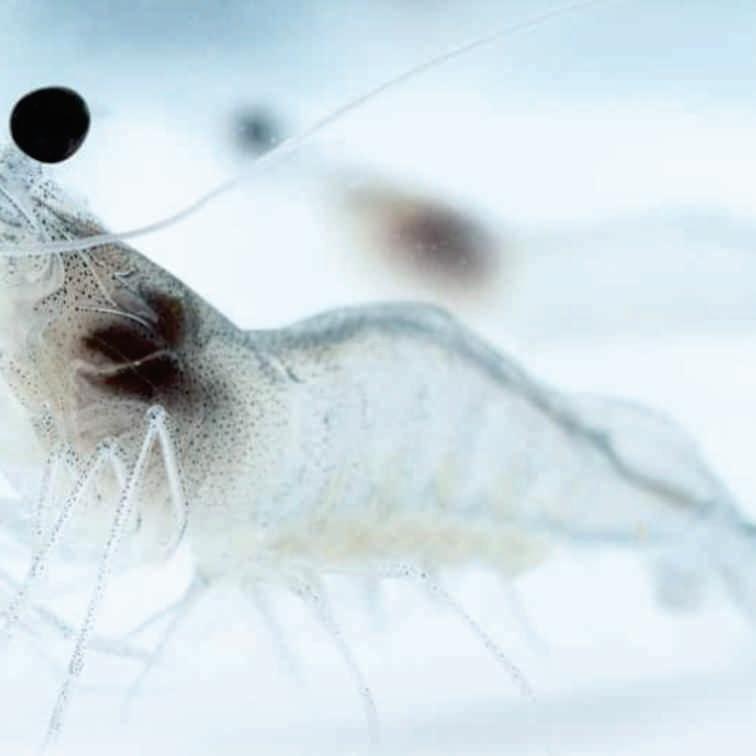
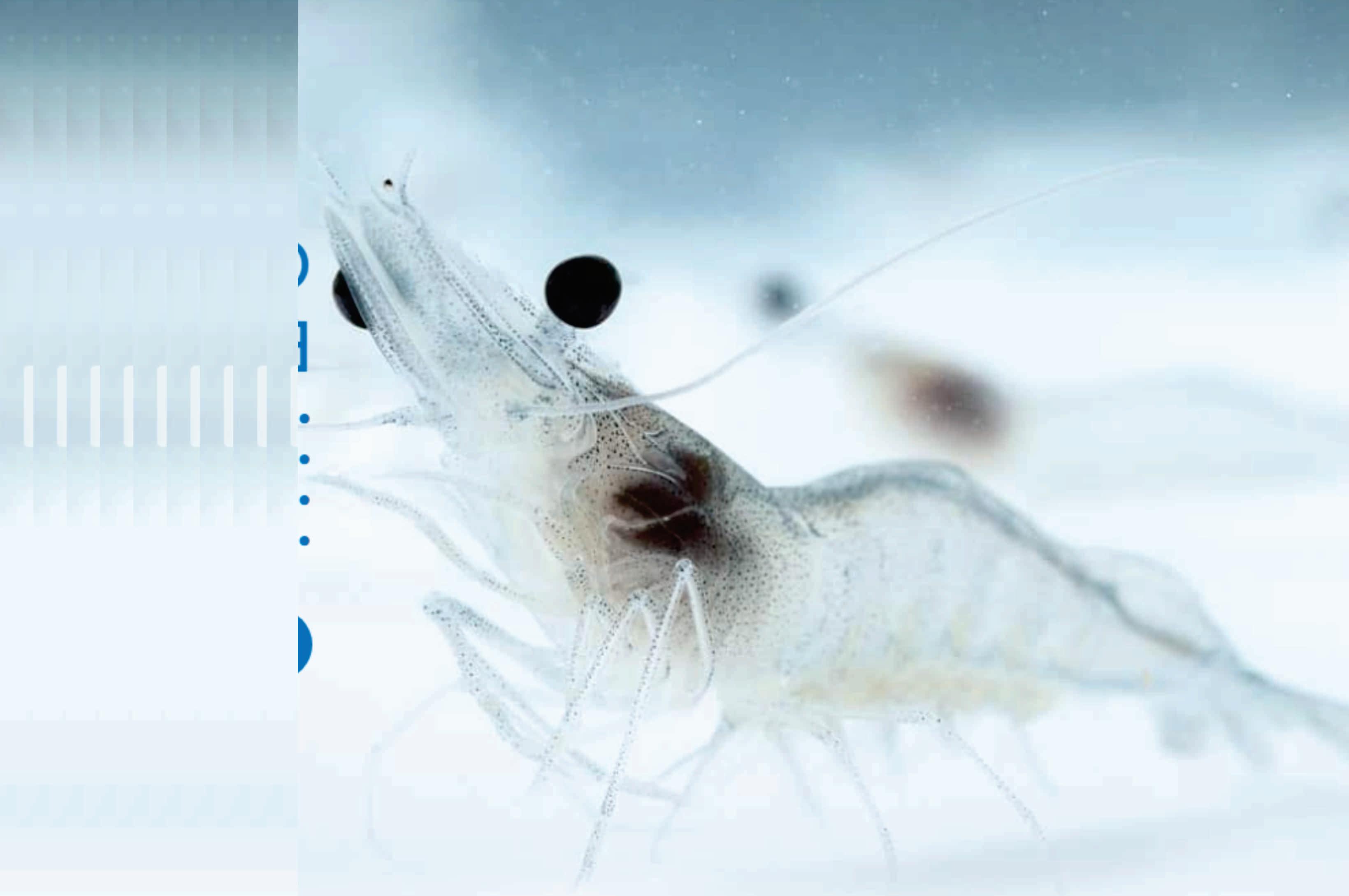
SyAqua: Breeding the Future of Sustainable Aquaculture
Ava Ocean Balancing Resource Extraction and Ocean Conservation

BioFishency
Transforming Aquaculture through Sustainable Water Treatment Innovations
Rare Foods Australia
Sustainable Transformation of the Greenlip Abalone Fishery
From Nets to Networks How Aquaculture Technology Trends are Reinventing the Industry
Scaling the Blue Frontier Mapping the Future of Aquaculture Business Growth
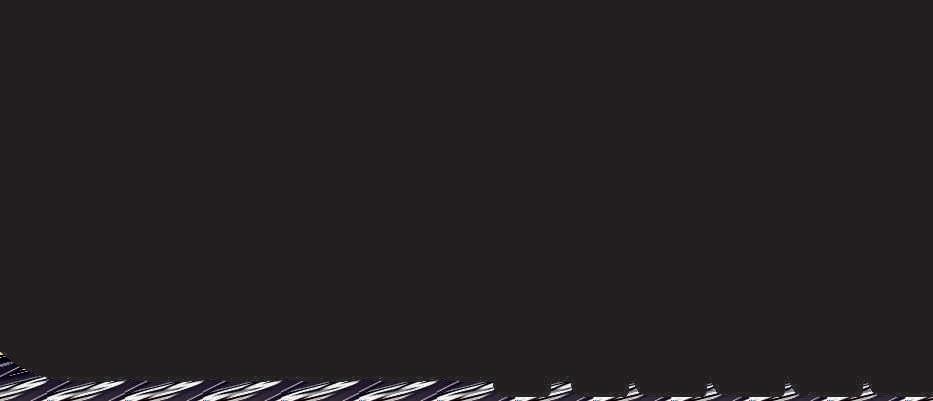
Editor-in-Chief
Managing
Art
Business
Business
Digital
Co-designer
Marketing

Technical
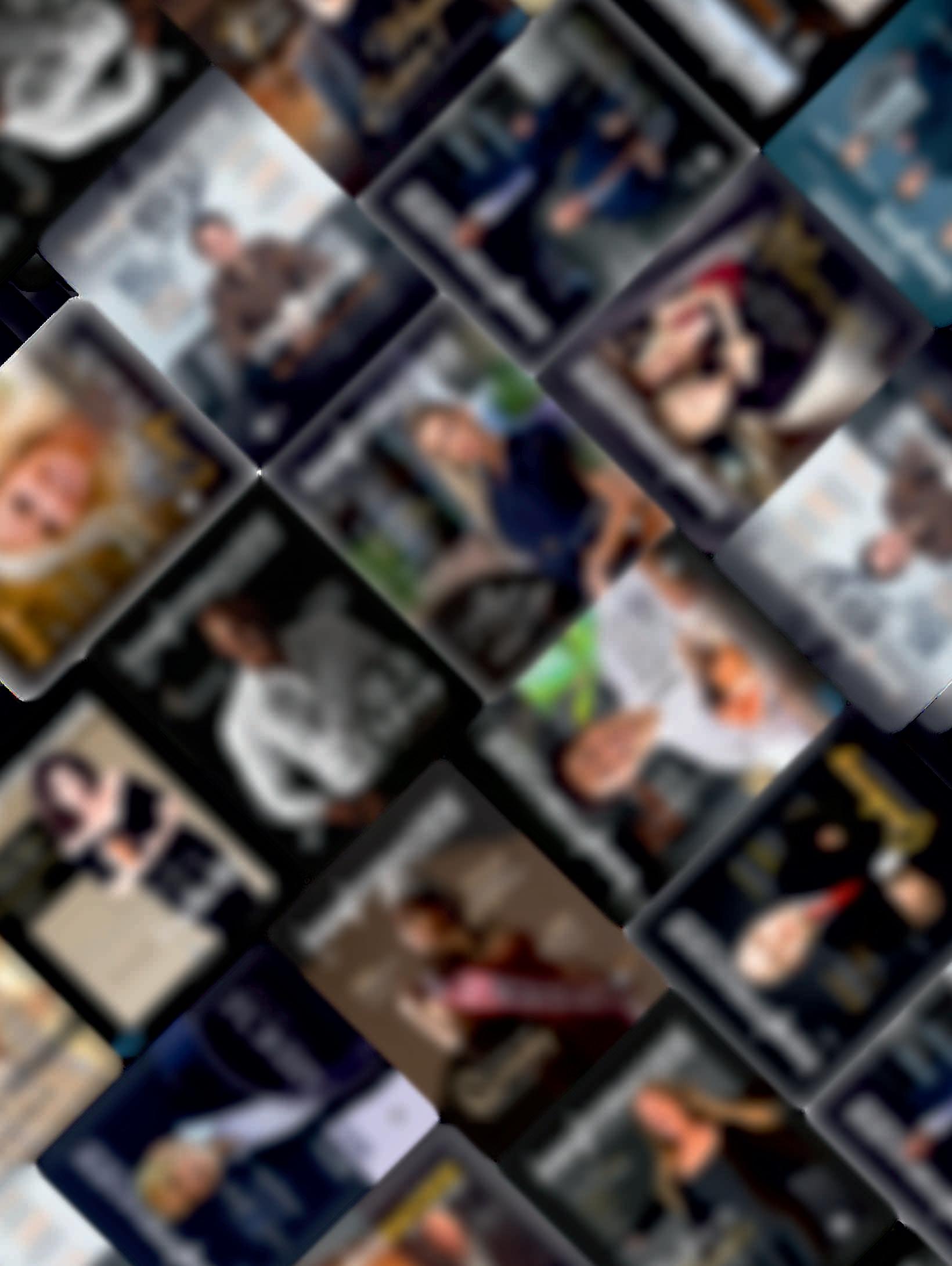
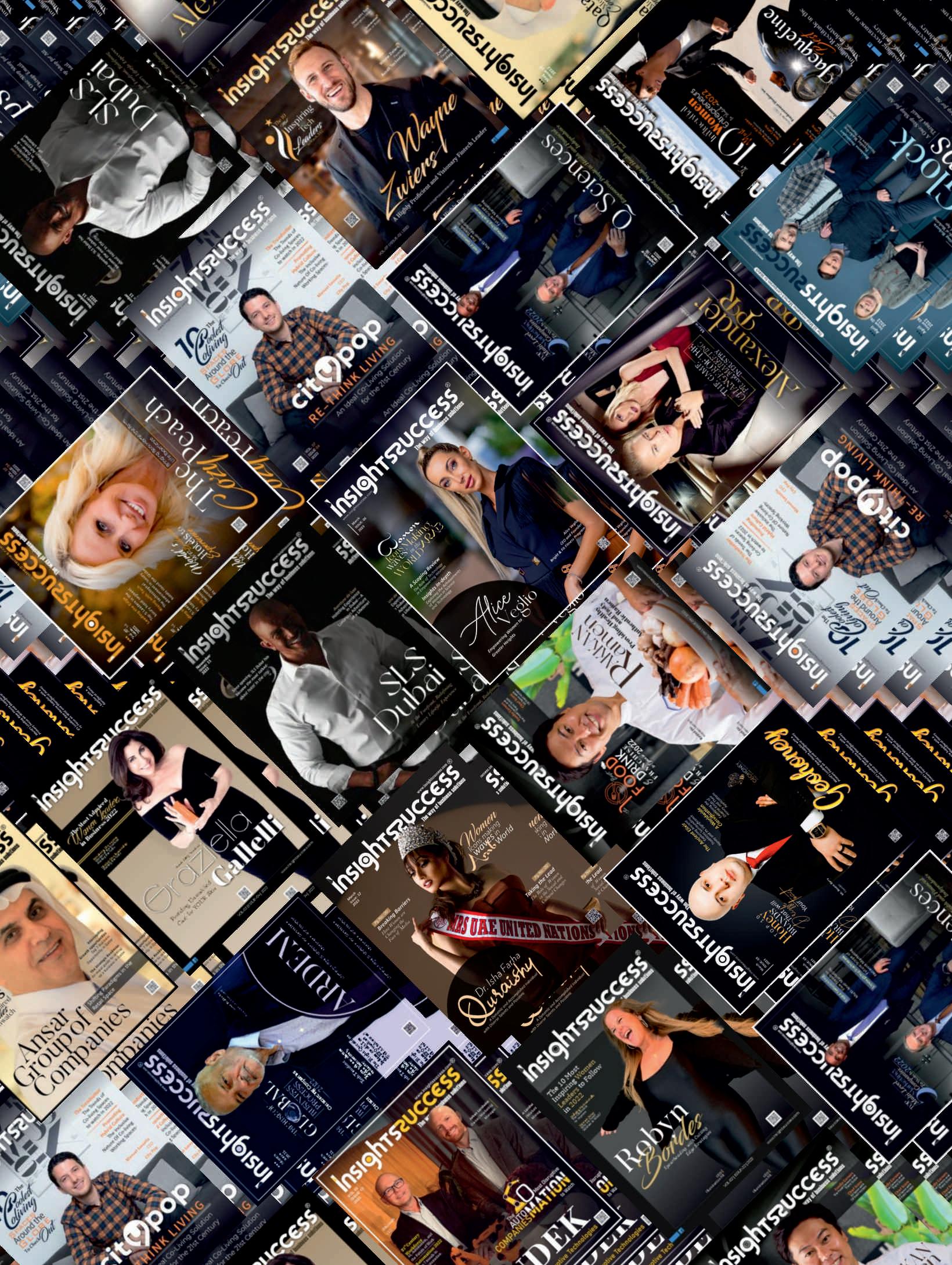







AquaBounty aquabounty.com

David Frank Interim Chief Execu�ve Officer
Aquaintech Inc aqua-in-tech.com Aquabyte aquabyte.ai
Atlan�c Aqua Farms Ltd atlan�caquafarms.com
Atlan�c Sapphire atlan�csapphire.com
Ava Ocean avaocean.no
BioFishency Ltd biofishency.com
Steve Tucker CEO & Board Chair
Stephen G. Newman Founder & CEO
Ma�hew Kilfoil Chief Execu�ve Officer
Gunnar
Aasbo-Skinderhaug
Chief Financial Officer & Deputy CEO
Oystein Tvedt Founder & CEO
Michael Isakov Chief Execu�ve Officer
Renowned for its development of the AquAdvantage salmon—a gene�cally enhanced, fast-growing Atlan�c salmon—AquaBounty leads efforts at the intersec�on of sustainable food produc�on, aquaculture innova�on, and environmental responsibility.
Aquabyte is a pioneering provider of AI- and computer vision-driven aquaculture technology, dedicated to transforming fish farming through smarter, data-powered systems.
Aquaintech blends science-driven approaches with consul�ng and product innova�on—specializing in environmental biosecurity, disease preven�on strategies, aquaculture diagnos�cs, and probio�c-based solu�ons to improve animal health and yield.
With over 35 years in opera�on, Atlan�c Aqua Farms maintains full traceability from lease to plate through advanced GPS tracking and mapping systems, ensuring transparency and safety in harves�ng and processing.
Atlan�c Sapphire is a Norwegian-American aquaculture innovator, transforming salmon farming by raising Atlan�c salmon en�rely on land using advanced Recircula�ng Aquaculture Systems (RAS), branded as “Bluehouse®” technology
Ava Ocean is a Norwegian ocean-tech pioneer revolu�onizing seabed harves�ng with precision, noninvasive technology that preserves marine ecosystems.
BioFishency is an Israel-based aquaculture tech company that develops and markets electro-chemical and biological water treatment solu�ons for Recircula�ng Aquaculture Systems (RAS) using its patented BioFishency ELX™ technology
PezCo Aquafarming LLC pezco.net
Rare Foods Australia rarefoodsaustralia.com.au
Luis-Ignacio Libreros CEO & Global Alliances Execu�ve
Rob Jorden
Chief Execu�ve Officer
With over 25 years of industry experience, PezCo exports to global markets including North America and Canada. It recently expanded with a Brazilian partnership to export �lapia across the Americas.
Rare Foods Australia operates a globally unique abalone searanching model using ar�ficial reef installa�ons known as ABITATs to sustainably cul�vate Greenlip and Roei abalone in pris�ne Western Australian waters.
SyAqua syaqua.com
Fred H. Kao
Chief Execu�ve Officer
SyAqua is a global leader in shrimp gene�cs and hatchery nutri�on solu�ons, with opera�ons spanning Singapore, Thailand, Indonesia, Malaysia, the U.S., and major shrimpproducing regions worldwide.
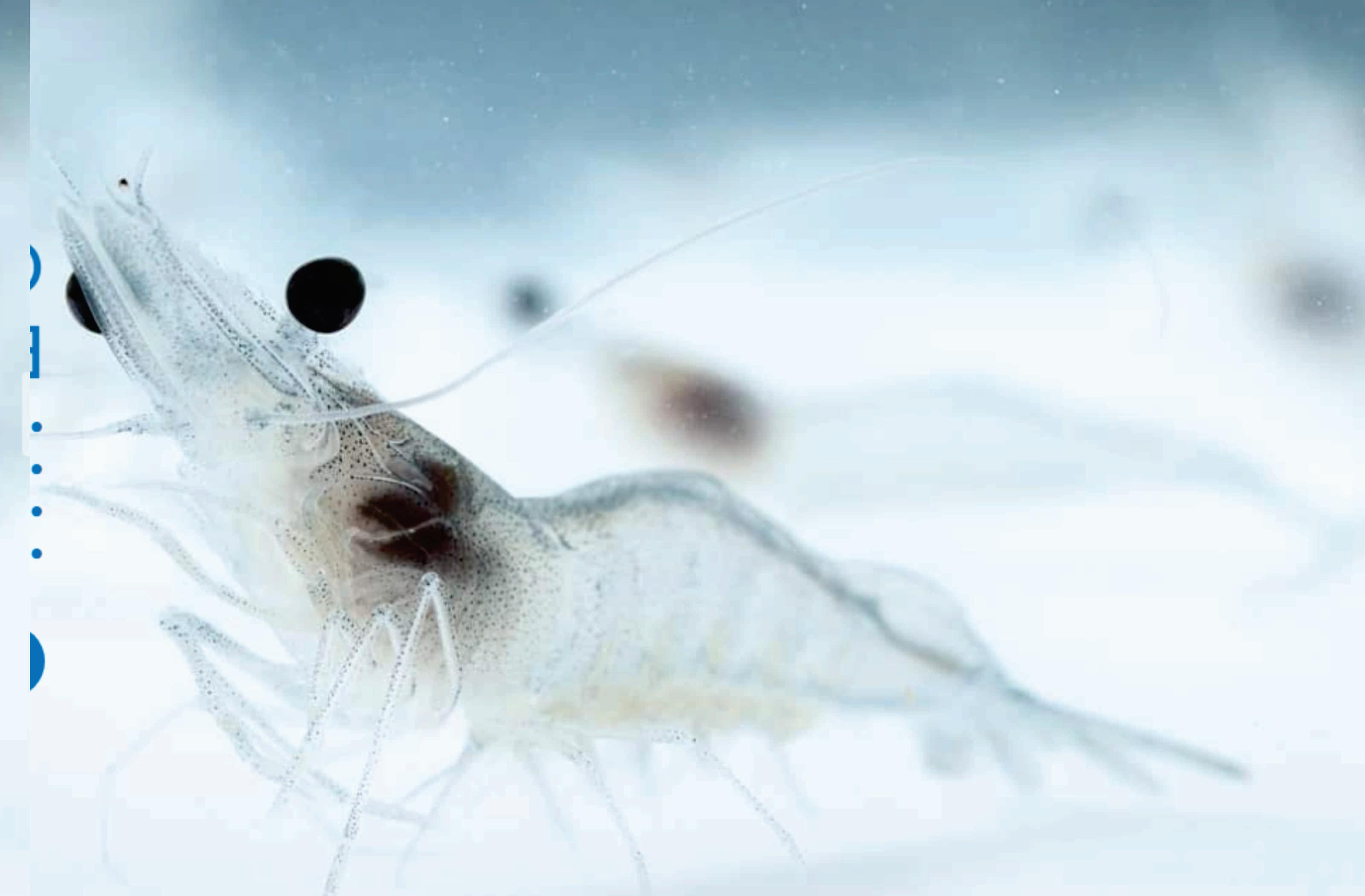
FRONT PAGE



When it comes to the commercial shrimp genetics marketforbreeding,usingcutting-edgetechnologies to deliver best-in-class hatchery feed, genomic selection, quantitative genetics and breeding science,thereisnoneatthetopotherthanSyAqua.
It is a Singapore-based company that is revolutionizing shrimpgeneticsandalternativefeedssothattheworld’swild fishstockscanbesaved,proliferated,grown,anddeveloped forthefuture.
Incepted in 2001 and first began in Berkeley, California in 2002, its CEO, Fred H. Kao, SyAqua subsequently expanded over its two-and-a-half decades of journey to the global markets including USA, China, India, Indonesia, Thailand,andMalaysia.
According to Fred, SyAqua's renowned Balanced Line genetics, which is a combination of robustness, higher survival rate, and excellent efficiency (FCR andADG), has excelled across diverse production environments and managementsystemsinAsia.Tomaintainacompetitiveedge, SyAqua continues to consistently invest in cutting-edge geneticsresearchandindustryexpertstoensureaconsistent deliveryofimprovedperformance.
Attheforefrontofinnovationinglobalaquaculture,SyAqua is making powerful waves as one of the most dynamic and forward-thinking companies in the industry Under its visionaryleadership,thecompanyisredefininghowgenetics can drive performance, sustainability, and impact within the aquaculturevaluechain.
Withover25yearsofexperienceinagriculture—20ofwhich were rooted deeply in poultry genetics—Fred brings a rare perspectivetotheaquaculturesector "I started in the chicken days,"hereflects,emphasizingthecriticalrolegeneticsplays atthetopofthefoodproductionchain.Inthepoultryworld, being involved in genetics meant steering outcomes at a fundamentallevelratherthanreactingtoinheritedvariables. “Instead of being in a passive position like a commercial farmer, I wanted to be in a place where I could create impact andmakerealchanges,”Fredexplains.
This desire to create impact led Fred from poultry to feed additives and ultimately back to genetics—this time, in aquaculture. He identified a compelling gap: while poultry andswinegeneticsweredecadesaheadintermsofselection, understanding, and utilization, shrimp genetics were still playing catch-up. This realization formed the foundation of SyAqua’s mission—being responsible for protecting what matters most, whether that means preserving genetic
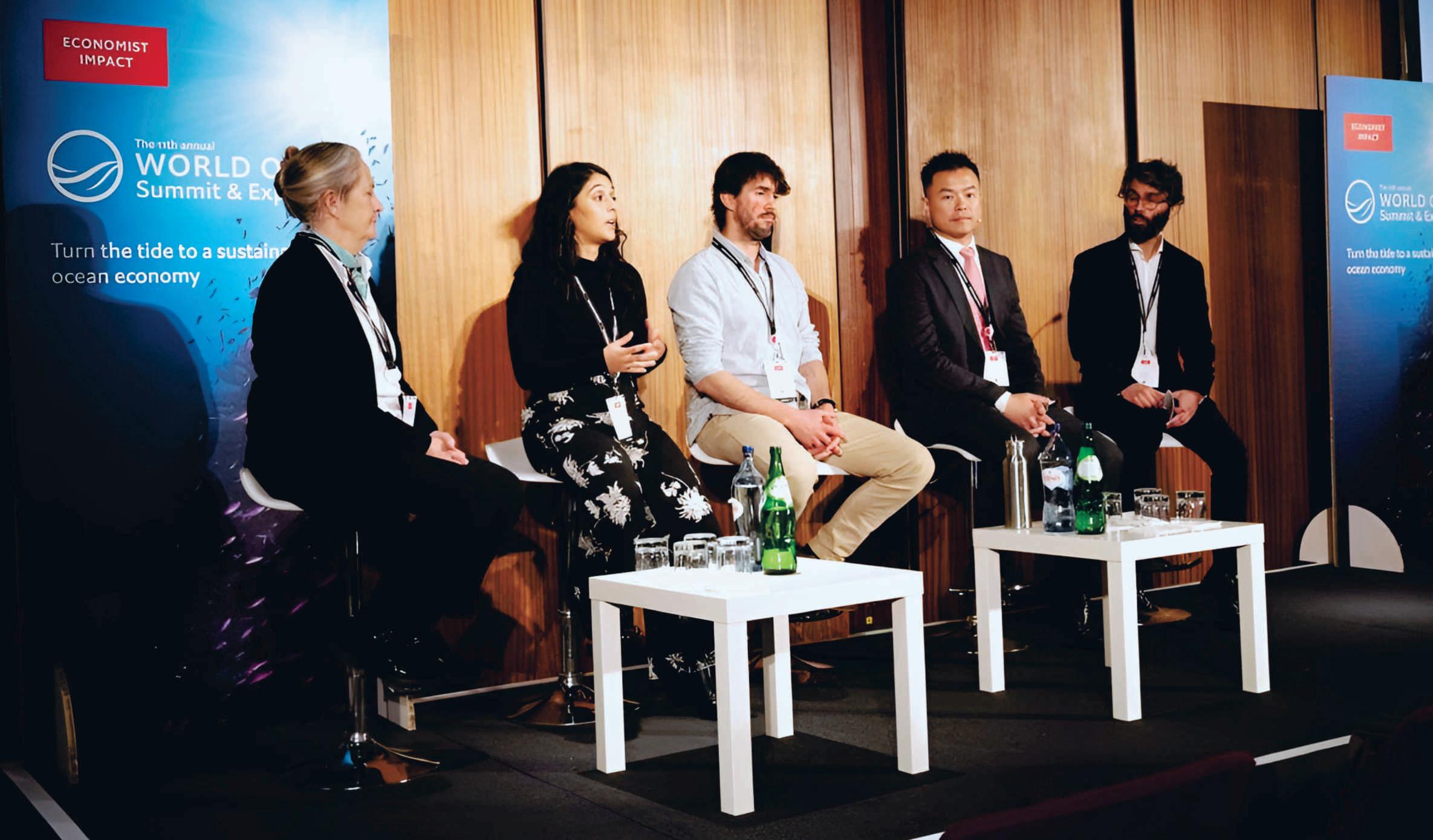
integrity, ensuring robust biosecurity, or maintaining the healthandwell-beingofanimals.
SyAqua’s approach is grounded not just in improving productivity but also in driving sustainability Supported by its parent company, a global leader in sustainable practices, SyAqua’s efforts align with the broader goal of building environmentally responsible food systems. This strategic alignment reinforced Fred’s decision to lead the company withapurposethatgoesbeyondprofit—deliveringlong-term valueforbothfarmersandtheplanet.
RedefiningAquaculture with Responsibility, Innovation, andImpact
SincetakingthereinsasCEO,FredhasshapedSyAquainto more than just a genetics company—he has transformed it
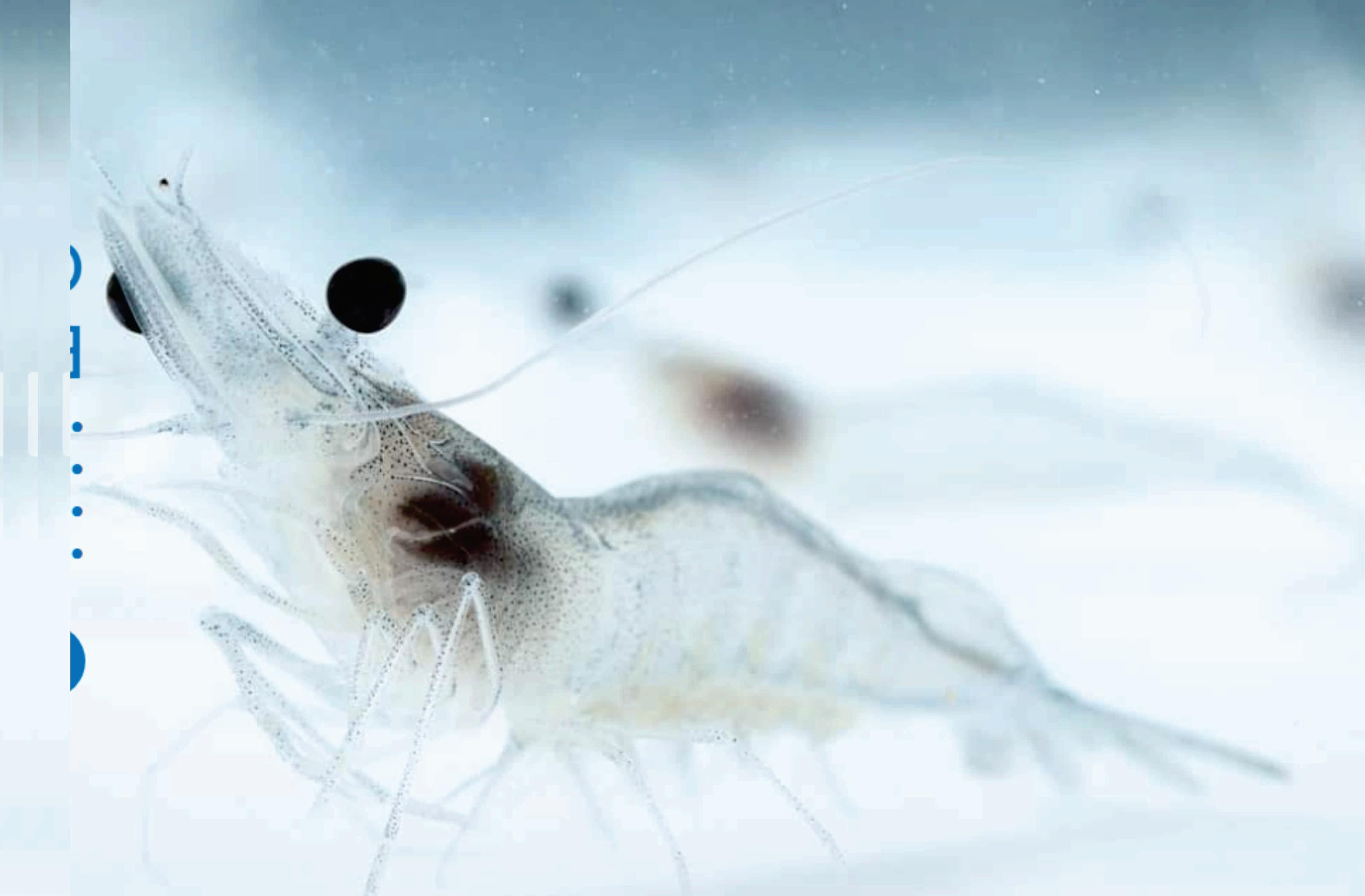

into a purpose-driven force in global aquaculture. For Fred, SyAqua’smissionisrootedintwovitalpillars: responsibility and impact.Asoneofthefewplayersatthetopofthegenetic supplychaininshrimpfarming,thecompanyholdsaunique and weighty responsibility. “If companies like ours fail to deliver healthy genetics, it ripples across the entire chain—from struggling farmers to higher prices for consumers,” Fred explains. That’s why SyAqua is laser-focused on safeguarding genetic integrity, ensuring robust biosecurity, and maintaining healthy animals all while prioritizing environmentalsustainability
Fred's vision is crystal clear: success isn’t just about profitability; it’s about profitable impact. “Of course, we want to make money—every business does,” he says candidly, “but what really matters is how that money is made and what changeitdrives.”SyAquaispioneeringmethodstolowerthe

Insteadofbeinginapassive positionlikeacommercial farmer,Iwantedtobeina placewhereIcouldcreate impactandmakereal change.”

feed conversion ratio (FCR), reduce water usage, minimize wastewater discharge, and lessen environmental bacterial load—all of which contribute to a cleaner, more sustainable blueeconomy.Theseeffortsaren’tESGcheckboxes—they’re coretoSyAqua’sDNAanditslong-termlegacy

We’renotjustselling animals—we’re protectingtrust,and withit,thefutureof sustainableaquaculture.
In an industry often marked by incremental innovation, SyAqua has carved out a reputation for bold leadership and game-changing science. But Fred believes it all begins with people and purpose. “Before we even talk about technology, we start with a clear mission and a unified team, ” he emphasizes. This foundation empowers SyAqua to consistently“do the right things”—frommeetingrigorousgovernment regulations to upholding ethical practices in every aspectofoperation.
On the technology front, SyAqua’s approach to shrimp genetics is a differentiator in a crowded field. Traditionally, theindustryhasfocusedonthreetraits:growthrate,survival
rate,anddiseaseresistance.SyAqua,however,hasraisedthe bar One of its standout innovations is the integration of robustness into its selection criteria. This means breeding shrimp that can thrive in real-world conditions—extreme temperatures, droughts, and fluctuating water quality—withoutrelyingonantibiotics.“We’re 100% antibioticfree and proud of it,” Fred states. “Robustness isn’t just a scientific metric—it’s the difference between surviving and thriving.”
SyAqua’sstoryisapowerfultestamenttowhathappenswhen science,sustainability,andvisionconverge.Asthecompany continues to lead from the top of the food chain, it’s not just enabling better yields for farmers it’s setting new benchmarksfortheentireaquacultureindustry
A Transformative Journey: A Measured Impact on the FutureofAquaculture
As SyAqua continues to expand its influence in the global aquacultureindustry,itsmissionisbecomingmorethanjusta pursuit of innovation—it is a commitment to sustainability backedbymeasurable,data-drivenimpact.Attheheartofthis transformationliesaboldstrategycenteredaroundimproving Feed Conversion Ratios (FCR)—a critical yet often overlookedmetricinaquaculture.
Fred explains that even a minor improvement in FCR can yield dramatic environmental benefits. “If we reduce FCR from 1.2 to 1.19, we're saving 10 grams of feed per kilo of shrimp. Across the global shrimp industry, which consumes 5 to6millionmetrictonsoffeedannually,thatsmallpercentage could translate to tens of thousands of tons of feed saved,”he explains. Less feed means fewer fish meals, reduced use of agriculturalinputslikecorn,andsignificantlylowerindustrial waste—directly benefiting marine ecosystems and decreasingthecarbonfootprint.
This focus on efficiency is not just theoretical. In 2024, SyAqua completed a landmark acquisition of Primo Genetics—the first major genetic merger in the shrimp industry in over a decade. This allowed SyAqua to base its genetics operations in both Thailand and the U S , dramatically reducingtheneedforfrequentinternationalshipmentsoflive animals. “We’re cutting down on unnecessary transport, slashing greenhouse gas emissions, and localizing production. It’s a small step with an enormous compounding effect acrossregions,”Fredsays.
YetsustainabilityatSyAquaisnotaboutpromises—it’sabout proof.Collaboratingwith Oceans 14 Capital,SyAquashares extensive datasets to accurately calculate greenhouse gas emissions,FCRreductions,andenvironmentalperformance. These datasets—collected from thousands of commercial
data sets help trace and optimize the supply chain’s environmentalfootprint.Fredexplains,“We’re giving major retailers like Walmart and Costco tangible sustainability metrics,notjustmarketingclaims.”
ToFred,themessageisclear:“Sustainabilityisn'tabuzzword here.It’sbakedintoourbreedingprograms,ourlogistics,and our partnerships. We’re not waiting for the industry to change—we’releadingitwithevidence.”
By refining genetics, reducing waste, and capturing actionable insights through data, SyAqua is more than a genetics company—it is a driver of systemic change. With eachkiloofshrimpproducedmoresustainably,SyAquaisnot only ensuring the resilience of the blue economy but also protectingthemarineecosystemsthatsustainit.
The Global Vision, Local Roots, and the Genetics of SustainableGrowth
SyAqua’s journey is not just a tale of aquaculture innovation—itisaliving,evolvingtestamenttohowglobalambition can meet local responsibility without compromise In navigating the complex waters of international markets, SyAquabalancesitsglobalfootprintwithaprofoundrespect for regional nuances. As their leadership explains, “Every country is different—be it regulation, partnerships, or local industrypractices.Thereisnoone-size-fits-all.”
Thailand provides a striking example of SyAqua’s commitment to doing what’s right, even at a cost. When concerns surfaced about inconsistent performance in local livestock, the root cause was traced to compromised genetic integrity. Thesolution?SyAquatookcompletecontrolofitssupply
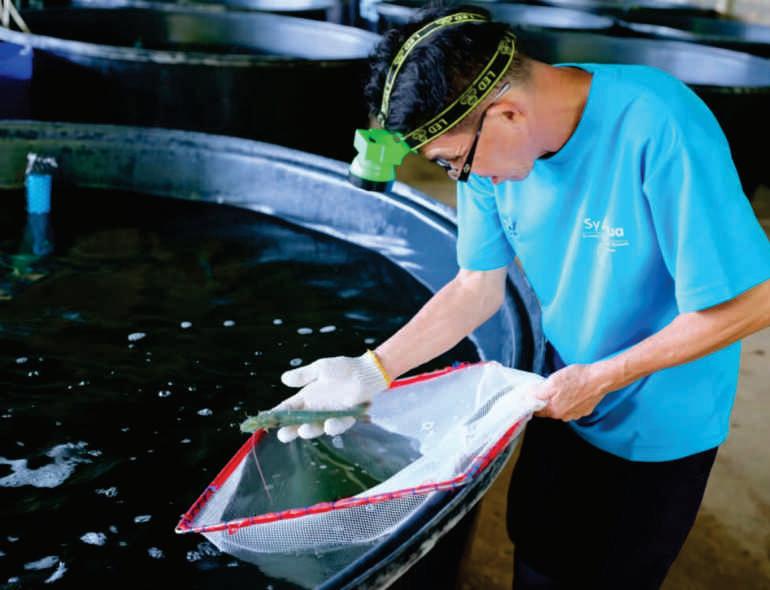

Sustainabilityisn'ta buzzwordhere.It’s bakedintoourbreeding programs,ourlogistics, andourpartnerships. We’renotwaitingfor theindustryto change—we’releading itwithevidence.”
chain, halting third-party sales and overseeing the entire breeding and distribution process in-house This bold decision cost them 14–15% of their market share in Thailand—but it preserved the core of their promise: that every product bearing the SyAqua name delivers the genetic advantage it claims. “We’re not just selling animals—we’re protecting trust, and with it, the future of sustainable aquaculture,”theyemphasize.
But SyAqua’s vision extends far beyond breeding. At the heart of its customer engagement strategy is a robust, technical after-sales service—an uncommon move in the genetics space. “We don’t just drop off the product and disappear,” says the team. “We ensure the animals arrive in the right condition, and our technical experts support the farmers at every growth stage.” This hands-on approach enhances both efficiency and profitability—two key metrics thatmatterdeeplytofarmersnavigatingincreasinglyvolatile environmentalandeconomicconditions.
Lookingahead,SyAqua’sfive-yearhorizon startedwiththe Primo acquisition —a groundbreaking initiative tailored to design specific genetic lines for diverse market preferences. For example, SyAqua is pioneering new feed strategies that challenge outdated norms. Traditionally, aquaculture relied on high crude protein diets for fast growth However, SyAqua’s research reveals that optimizing protein intake

acrossdifferentgrowthphasescanyieldthesameresultswith fewerresources.
This innovation isn't just smart science it’s ecological stewardship. Reducing unnecessary protein means using fewer natural inputs like fish meal and grain, which in turn lowers waste, improves water quality, and disrupts bacterial build-upinponds.
As SyAqua redefines genetics through efficiency, profitability, and environmental sensitivity, it’s clear the company isn’t just adapting to a sustainable future—it’s engineeringit.
As SyAqua’s transformative journey moves forward, its legacy is not only defined by innovation and sustainability —butbyaclarioncalltothenextgeneration.Fred’sadviceto aspiring professionals is as candid as it is inspiring: “If you want to make a difference, work in genetics.”Thefieldisfar from easy—it demands resilience, long-term vision, and a senseofresponsibilitythatstretchesacrosstimeandecosystems. Decisions made today ripple years into the future, affectingfarmers,foodsystems,andtheplanet.Yet,forthose willing to embrace the unpredictability and passion required—from hatchery smells to shifting climates—the rewardsareboundless.“You’ll never wake up to the same day twice,” he says. And that’s the true heart of SyAqua: an evolving organism driven by purpose, powered by people, and forever rooted in a vision of meaningful, measurable impactacrosstheaquacultureworld.

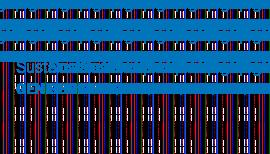
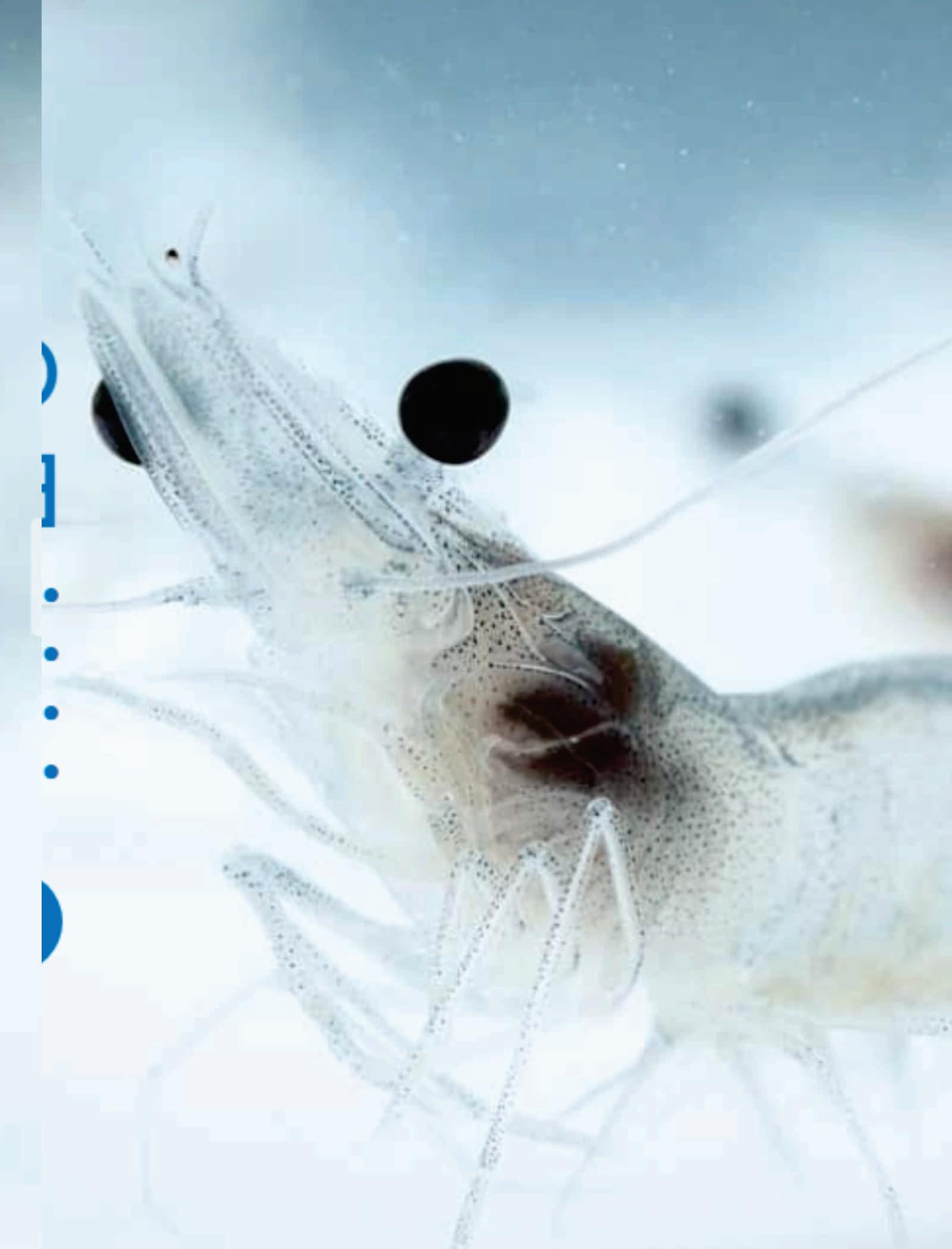





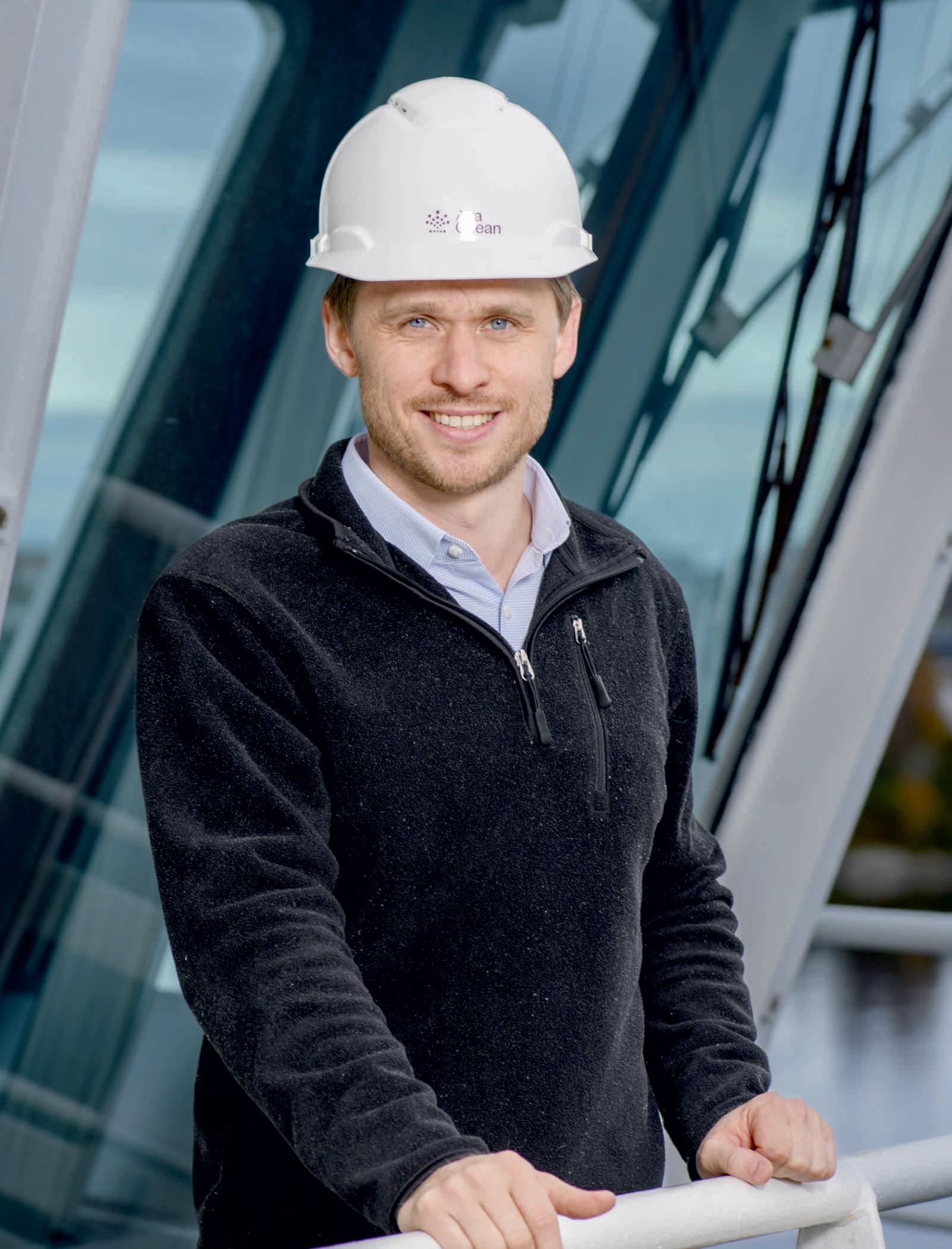


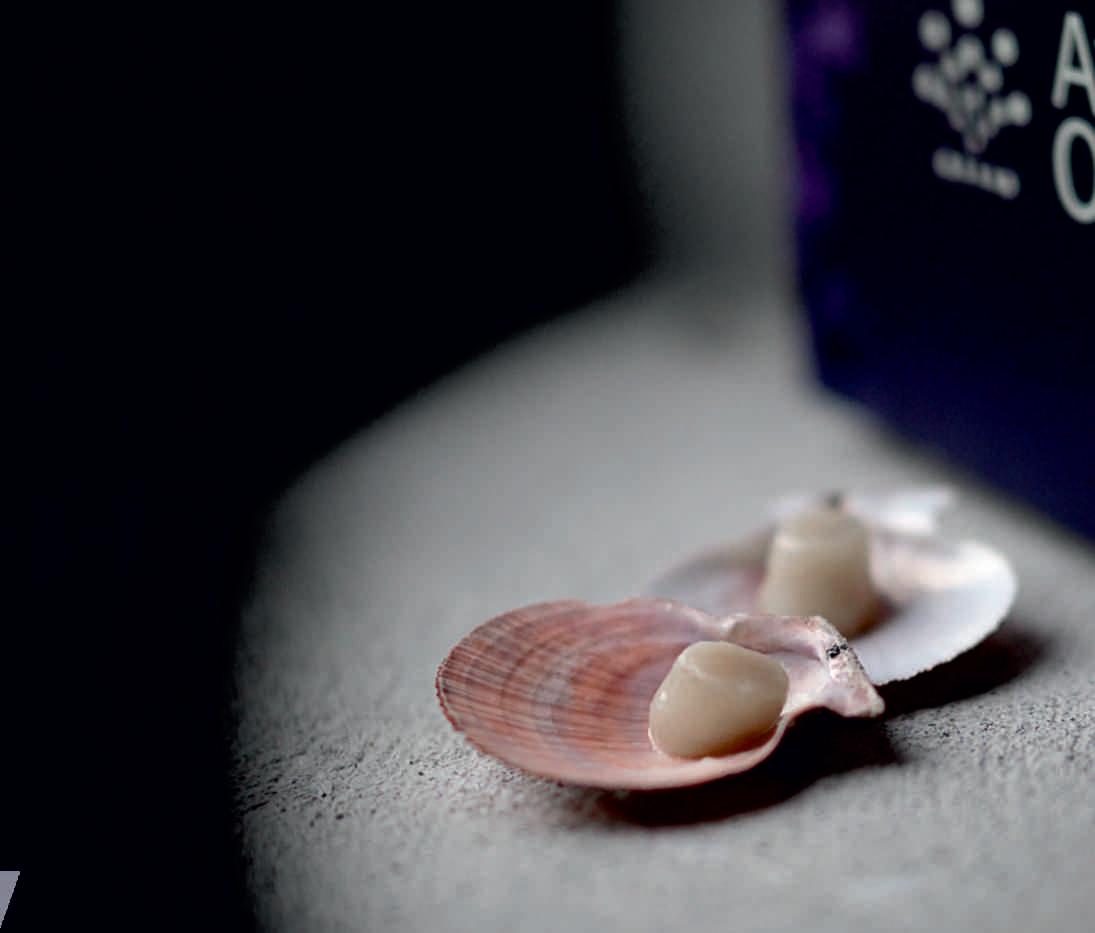
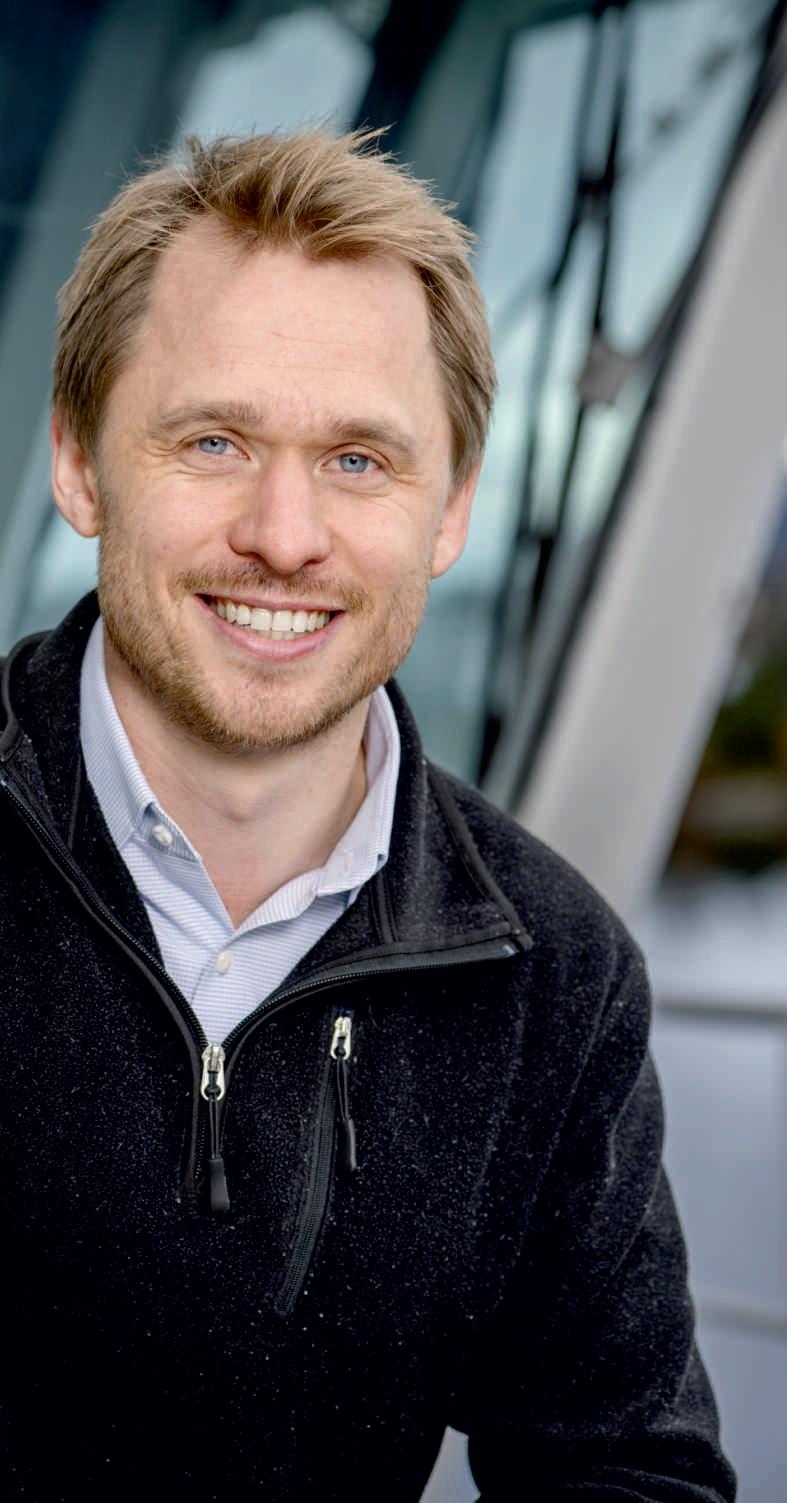
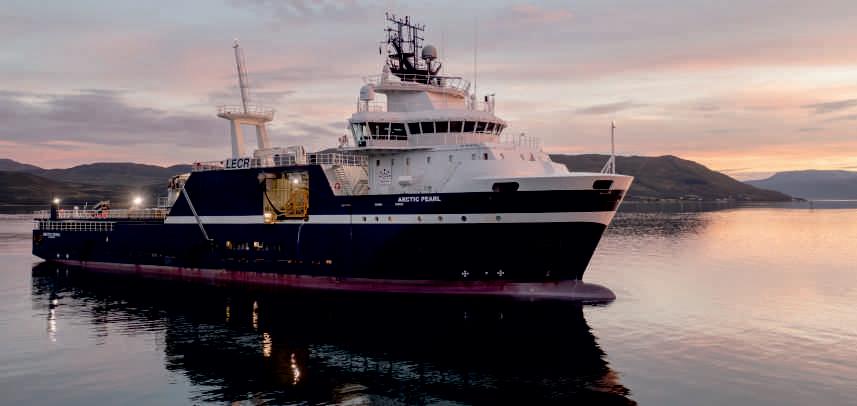


Aquaculturepracticesthatwereonceintenseandlowtech-based with ponds and cages have been experiencing a revolution fueled by contemporary aquaculture trends in technology. The coupling of digital connectivity, automation, precision monitoring, mitigation systems, and even cellular approaches is coming together to transform the economics, ecology, and scalability of any seafoodproductionglobally.
RecirculatingAquaculture Systems (RAS): Closed-Loop Efficiency
The most advanced form of aquaculture is Recirculating Aquaculture Systems (RAS). Such land-based, closed-loop farms recycle up to 99 percent of the water, filtering waste both mechanically and biologically and giving great control overenvironmentalfactorssuchastemperature,oxygen,and pH.
RASoffersmajorbenefits:
• Greatlyreducedwaterusageandpollution
www.insightssuccessmagazine.com
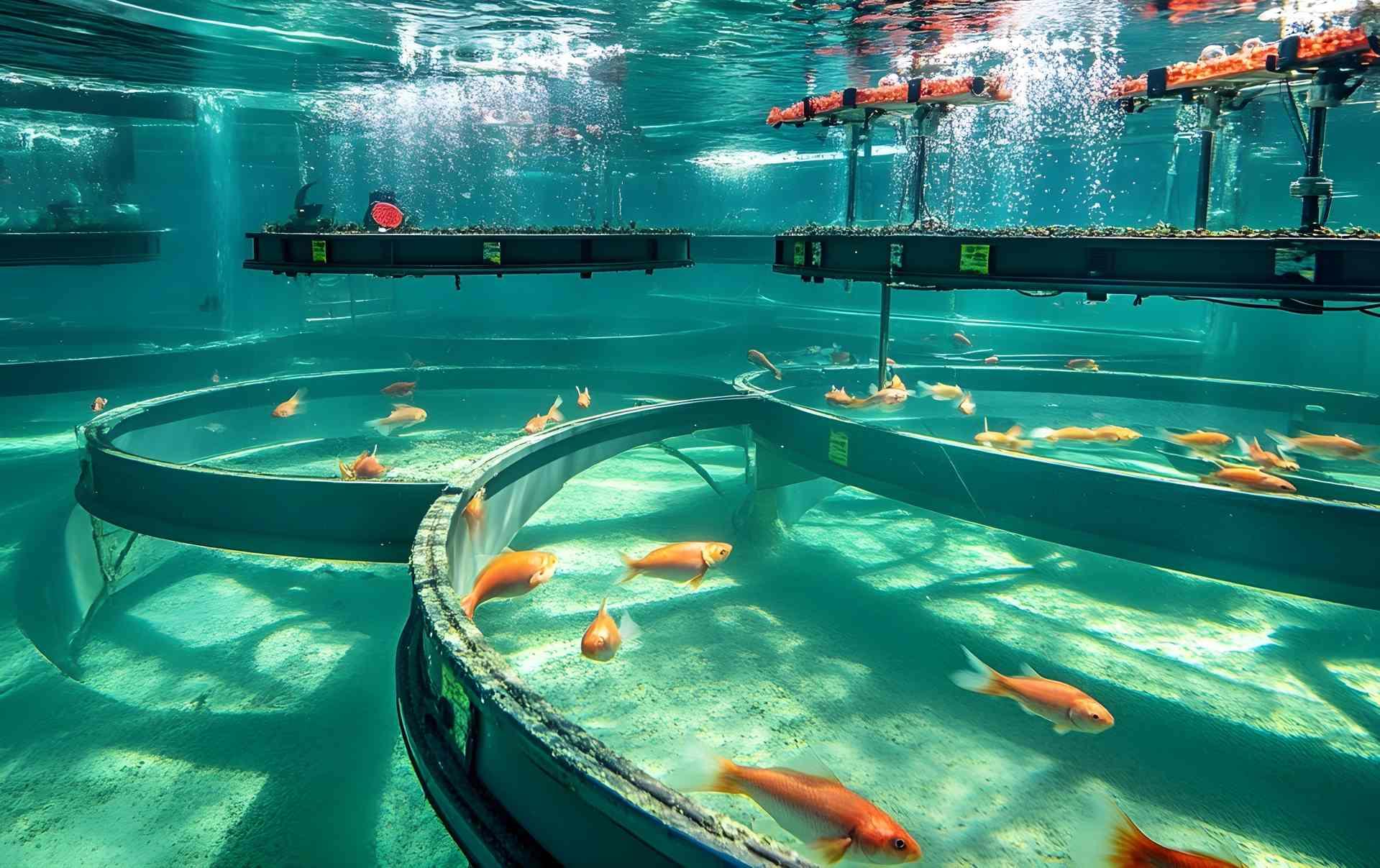
• Biosecurity involves isolating fish from pathogens and diseasevectors
• Urbanorinlanddeploymentclosertoconsumers
Anoteworthy example is a major RAS expansion by Huon AquacultureinTasmania,whichisscheduledtobeoneofthe largest freshwater nurseries in the southern hemisphere, radicallyincreasingfeedefficiencyandsustainability.
Precision Aquaculture: Sensors, AI, and Data-Driven Management
IoT sensors,AI, and machine learning are used in precision aquaculture, enabling real-time monitoring and control of production The sensors monitor the supply of oxygen, ammonia, salinity, and fish activity; AI algorithms help to forecastdiseaseoutbreaks,efficientworkschedules,andfeed reduction.
More recent academic deployments are computer-visionbasedsystemstofeedtilapia:estimatingthesizeandquantity offishusingYOLOv8andIoT-basedwatersensors,withan

accuracy of 94%, potentially up to 58x more productive relativetotraditionalmethods.
It is an example of one of the most significant trends in aquaculture technology, the concept of real-time, automated decision-making.
Thedesiretoeliminatehumaninteractioninremoteorhostile marine environments has amplified the pace of automatic systems.Netinspections,fishhealth,andbiofoulingcleaning, aswellascageinspection,arenolongerperformedbydivers, but rather by autonomous underwater vehicles (AUVs) or drones.
Oneoftherecentinnovationsistheapplicationofdigitaltwin models to net cage surveillance. A Norwegian project developed a multi-fidelity digital twin by integrating both low-fidelity and high-fidelity sensor data to give real-time predictions of structural stress, displacement, and load in
mooring systems, thereby significantly enhancing maintenanceplanningandminimizingstocklossrisks.
Integrated Environmental Systems: IMTA, Aquaponics, Biofloc
Environmentalsustainabilityisakeydriverbehindemerging integratedsystems:
• Integrated Multi-Trophic Aquaculture (IMTA) is a mixture of fed species (e.g., fish) and so-called extractive species (e.g., seaweed, shellfish) whereby wasteofonespeciesformsinputforanotherspeciesto achieve greater ecosystem health and spread risks in revenuegeneration.
• AquaponicsandIntegratedAqua-VegecultureSystems, likeiAVSorfloatingaquageoponics,directfisheffluent to raise vegetable plants, purify waste, and make more food.
• The Biofloc Technology (BFT) enhances microbial communitiestoproduceedibleproteinbytransforming
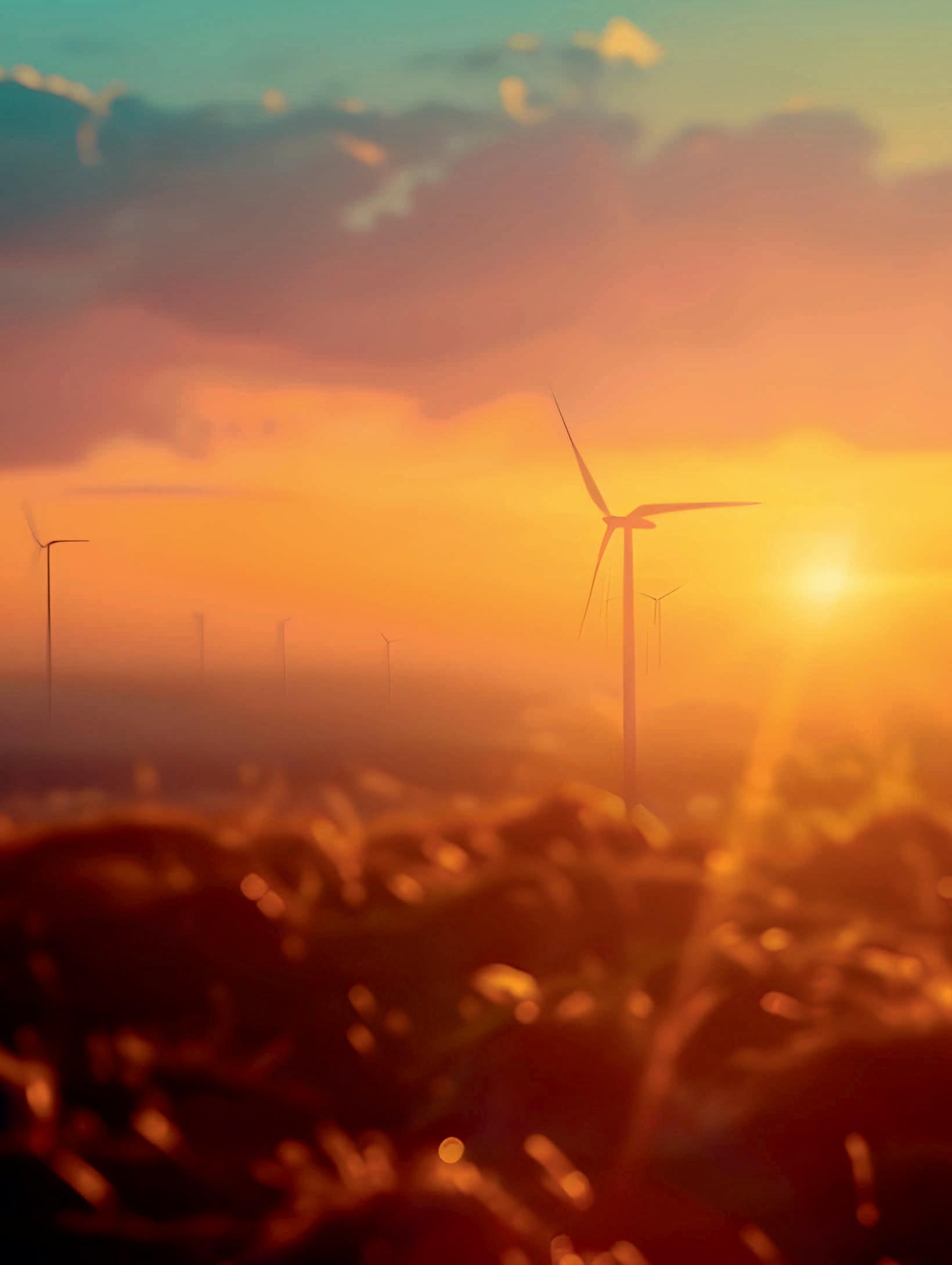
the nitrogenous waste in a more efficient and less pollutingpathway
These establishments are representative of a more macroscopic shift toward circular, resource-efficient frameworksofaquaculture.
Feedhasbeenknowntodependlargelyonfishmealandfish oil,whichoverstresseswildfishing.
There is a trend in aquaculture towards new technology, whichischangingtowards:
• Insectmeal(e.g.,blacksoldierflylarvae)
• Algae-basedomega-3sources
• Microbial protein from CO₂ bioconversion (e g , Kiverdi’sbacterialsystems)
Theseoptionstakelesspressureoffwildstocksandareinline withtheprinciplesofthecirculareconomy
There is also consumer pressure towards transparency using blockchaintotrackseafoodfromthepondornettotheplate. Blockchain offers the unalterable history of feed types, medication,harvestdate,andtransport,whichenhancestrust, allows ethical sourcing, and complies with regulatory scrutiny Thissystemencourageseco-certificationandassists farmers in distinguishing products within high-priced markets.
As terrestrial coastline space dwindles, new aquaculture technologytrendsaremovingoffshoreandinland:
• In offshore fish farming, strong submersible net cages areapplieddeepwithintheoceanwater Theseminimize theimpactontheshorelineandutilizenaturalcurrentsto disperse the waste, combined with distant automated feedingsystems.
• Vertical and urban systems, including fish-andvegetable towers or modular systems based on cubes, incorporate aquaculture into the built landscape. This innovativetechnologyisthree-dimensional,encourages localmanufacturing,haslesstransportationimpact,and optimizesavailablespace.
Theconvergenceofaquaculturetechnologytrends-networks of sensors, advanced breeding, alternative protein, and circular systems- is redefining an industry once simple. The effectsare:
• Improvedsustainabilitythroughwaterrecycling(RAS), wastereuse(IMTA,biofloc),andfeedinnovation
• Betterresultsinproductivity,profitability,andprecision systemsandautomation
• Increased traceability and resilience, improved via geneticsandblockchain
• Wider reach and extensibility, by taking farming to an urbansettingorbasingitonafloatingplatform
There are still struggles, large initial capital requirement of RAS, regulatory confusion regarding gene editing or cellcultured seafood, smallholder community uptake of technology, and consumer willingness. Yet the trend is evident.Aquacultureistransformingintoadynamicnetwork ofsmart,connected,andsustainablesystems.Asthesetrends inaquaculturetechnologycontinuetogrow,theynotonlyare creatinganewindustry,buttheyarealsoredefiningthefuture ofourfoodsystems.








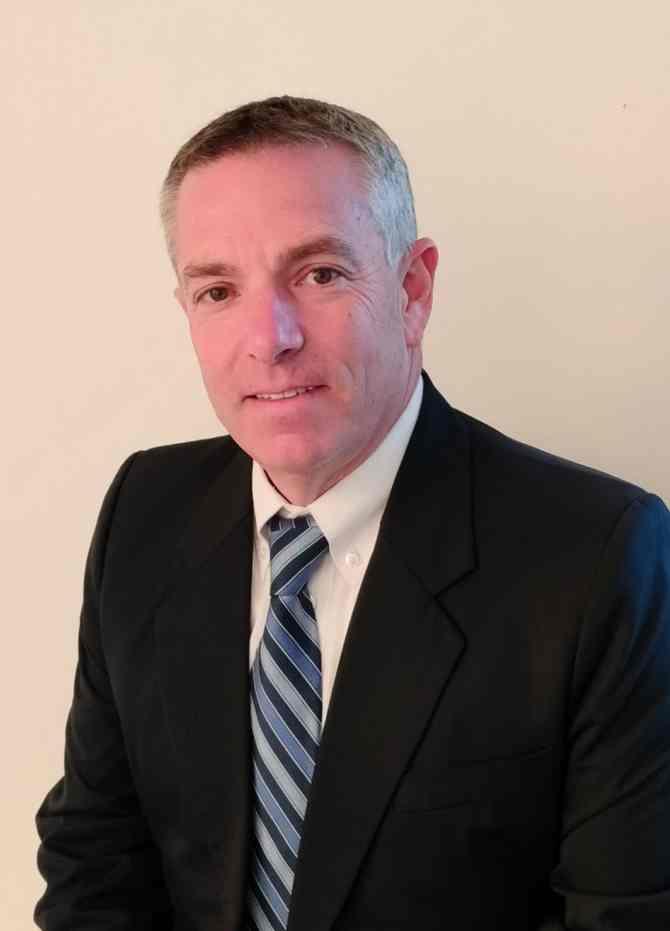
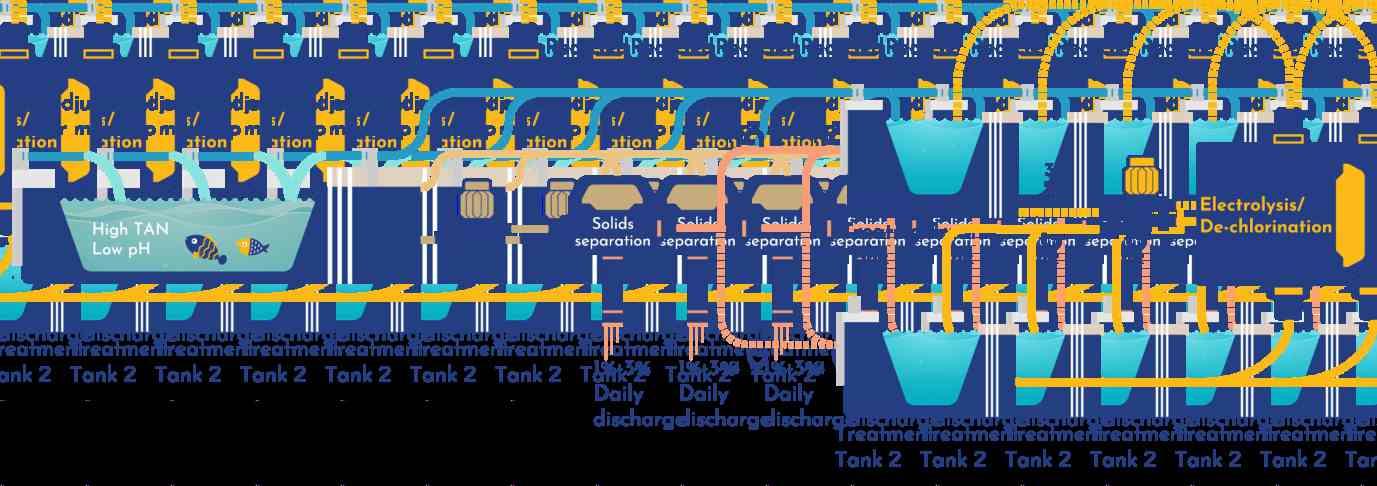
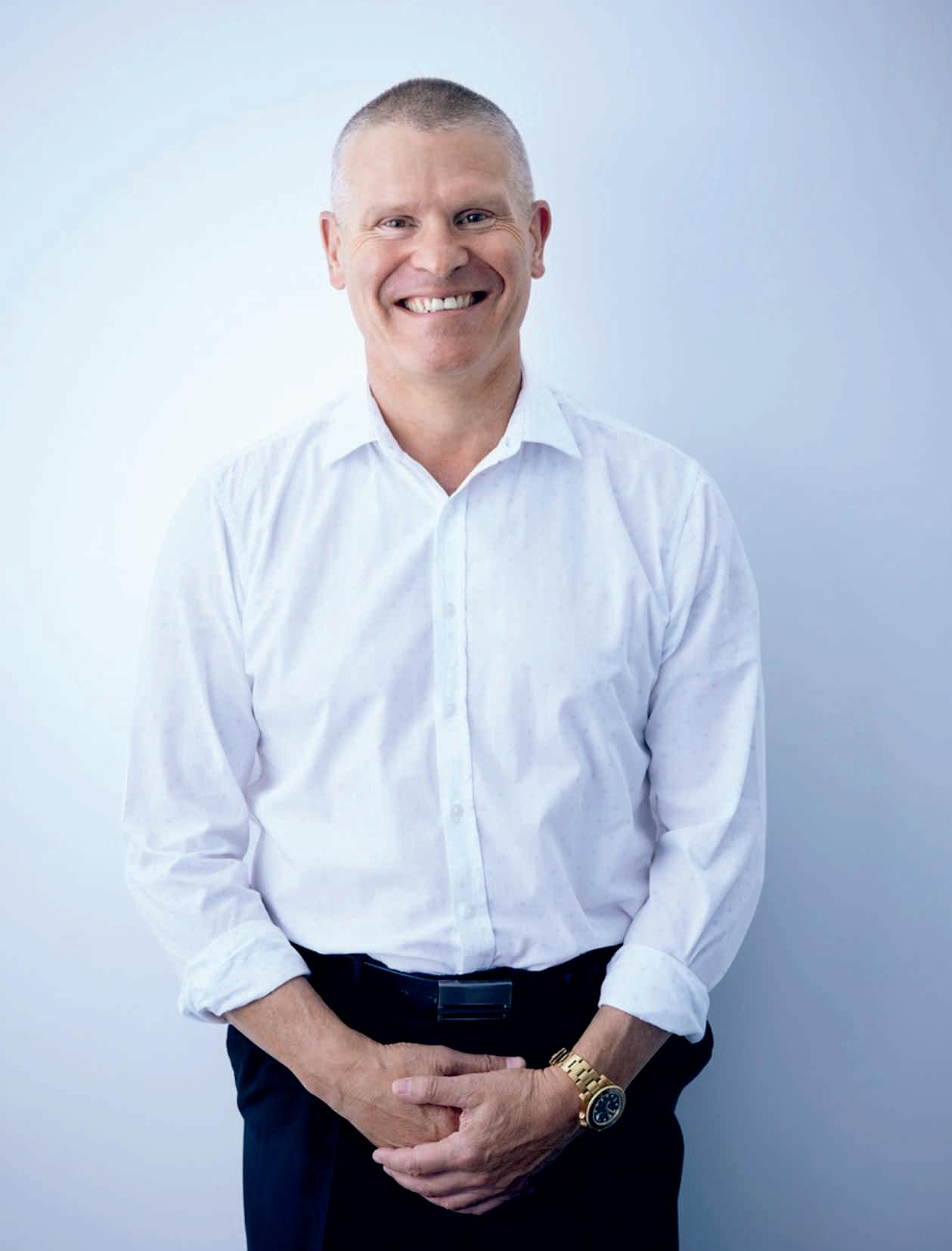




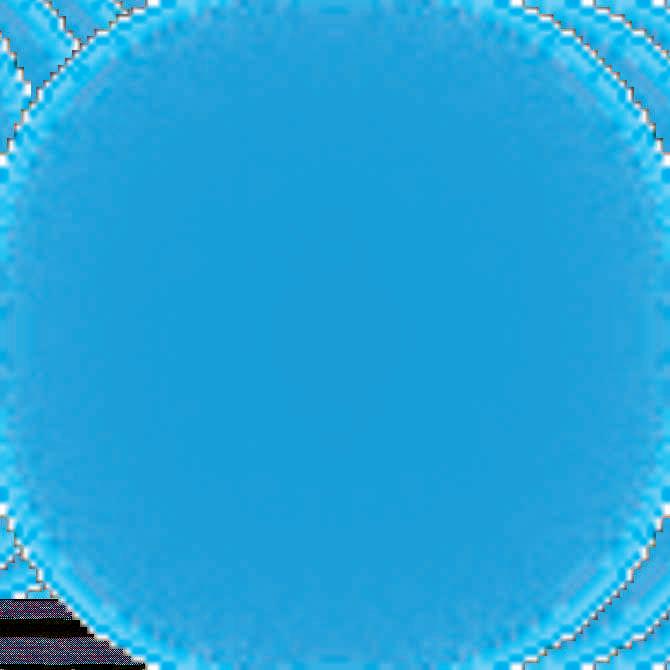

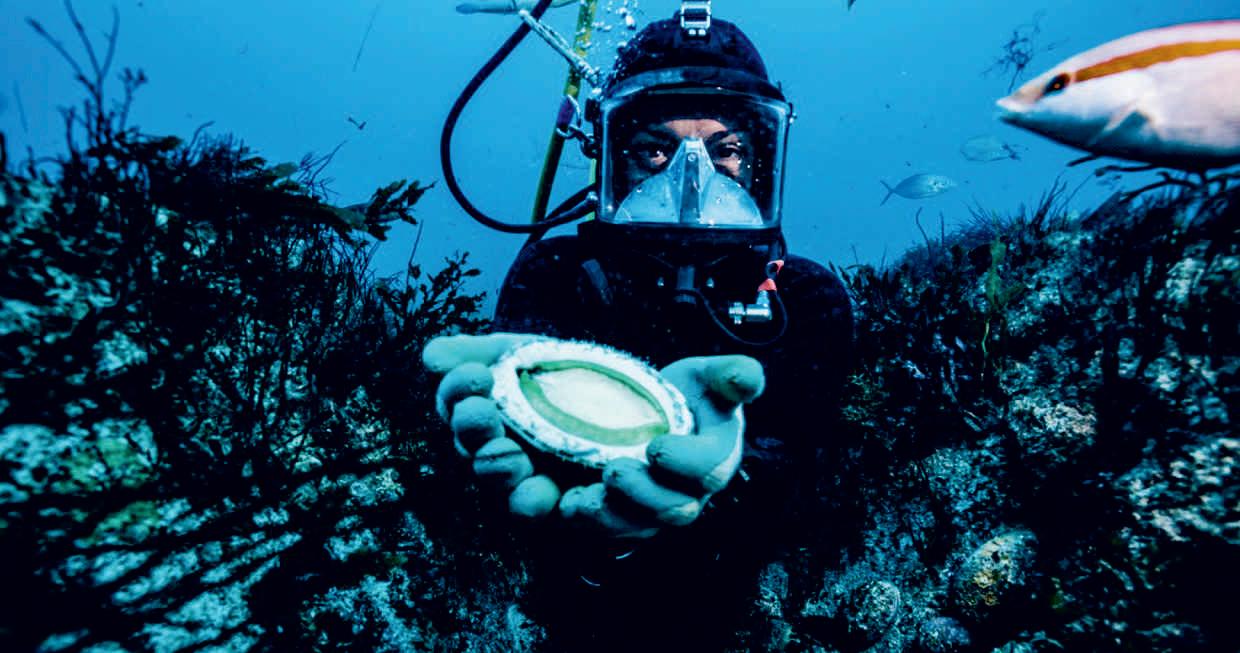




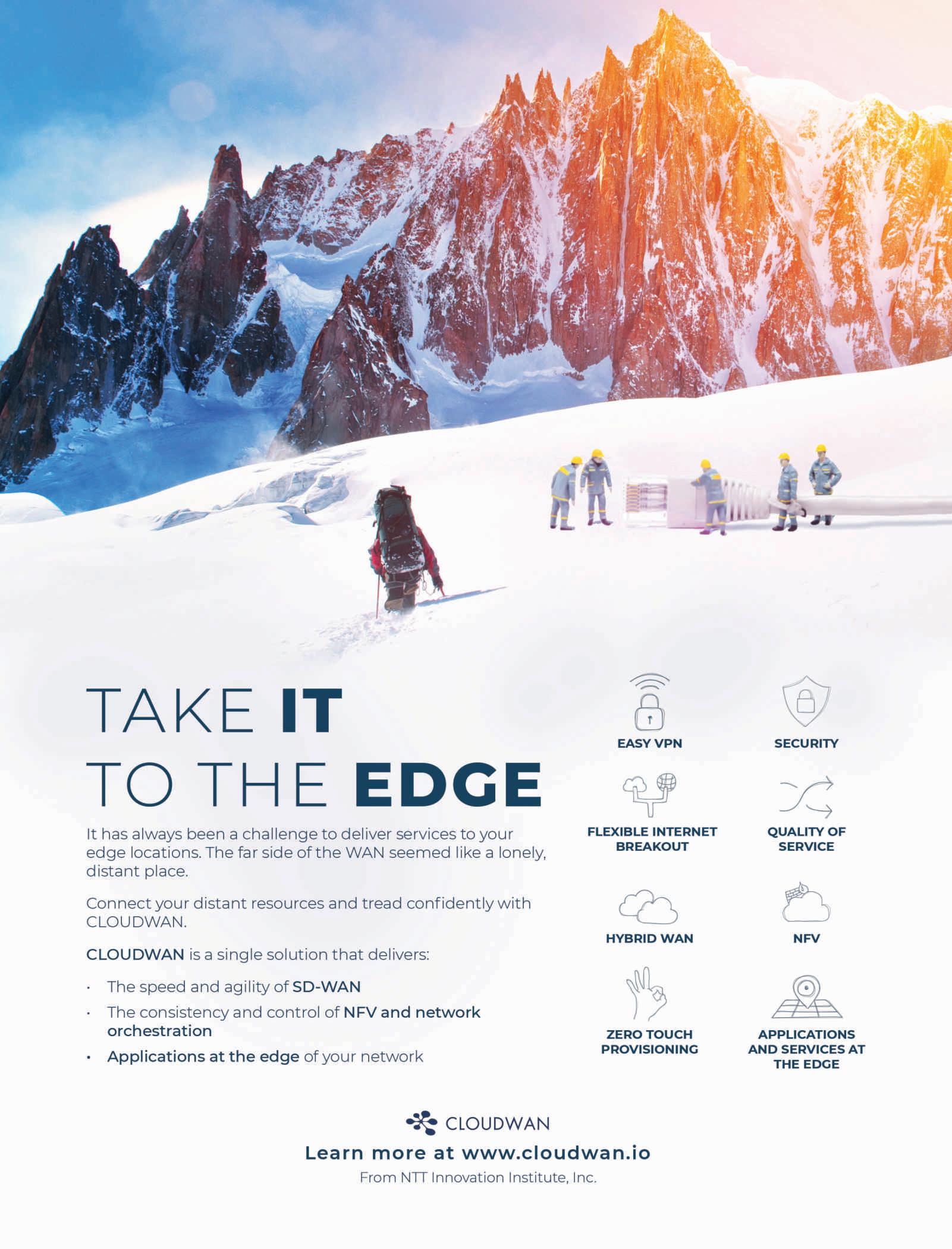


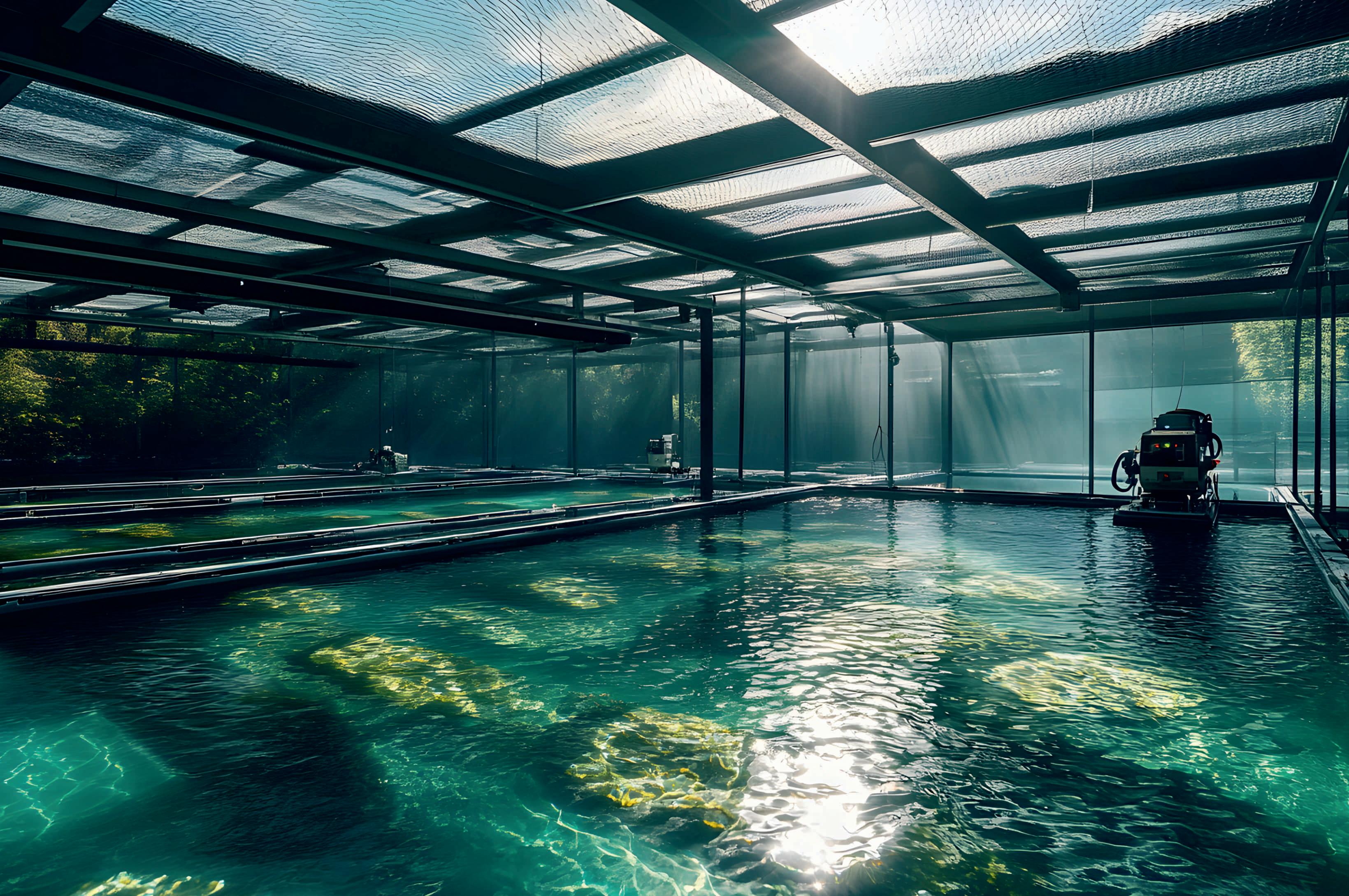
The evolution of the aquaculture business is altering thefoodsystemsacrosstheglobe.Aquacultureisno longeranicheorlocalpracticeandhasgrownintoa maincontributortoglobalseafoodproduction.Afteryearsof slow growth, the sustainable protein industry is at a turning point, in an era of innovation, capital flows, and regulatory changes that are shaping the industry over the next several decades.
According to a 2025 World Bank and WWF report, an estimated investment of 1.5 trillion dollars specifically on targetby2050couldincreasetheoutputto255millionmetric tons and offer as many as 22 million jobs globally. By contrast, business-as-usual growth path (involving $0.5 trillion investment) would deliver 159 Mt and fewer jobs. This is how scale-up in business development in the aquacultureindustrycanbelife-changing.
TechnologicalInnovation&OperationalEfficiency
Technology is central to the growth of the aquaculture business.RecirculatingAquacultureSystems(RAS),biofloc, and Integrated Multi-Trophic Aquaculture (IMTA) support water-recycling, waste-minimization, fish-shellfish and

seaweed co-culture to achieve ecological balance and economicdiversification.
The combination of AI and IoT will allow real-time monitoring of water quality and fish health, predictive feeding, early disease detection, and the automation of processes, lowering wastage, increasing yield, and reducing the labor force requirement Genetic and breeding innovations provide growth at an accelerated rate, yielding disease-resistantandfast-growingstrainswithimprovedfeed conversionratios.
Adoption of sustainability is becoming synonymous with business strategy in aquaculture. The ASC certification has become an internationally accepted standard of responsible behavior in various species, such as shrimp, salmon, tilapia, and seaweed. Certification is not only in line with consumer responses of expecting traceable, eco-friendly seafood, but alsoimprovesaccesstohigh-valuemarkets.
The new environmental value that regenerative aquaculture offers,particularlykelp,oyster,andseaweedfarm,generates carbonremovalandhabitatrestorationaswellasencourages biodiversity and fits in the health and climate-conscious consumertrends.Theintegrationofblue-carbonandprotein systemshasgainedtractionwiththeuseofredalgaeascattle feed,decreasingmethaneemissionsby77%inHawaii.
Nevertheless, aquaculture business growth has long been undercapitalized: only about 1 percent of blue-economy investmentsupportsthissector.Theonlysolutionistofillthis gap with blended finance, or a combination of concessional loans, guarantees, and impact bonds, as implemented by institutions such as theAsian Development Bank (ADB) in SoutheastAsia.
EveninSoutheastAsia,andspecificallyintheCoralTriangle, oceanstartupinvestmentshavetripledoverthelastfewyears. Yet, the bulk of the capital is still in the Global North, but productionandvulnerabilityareintheGlobalSouth.Thereal challenge to scalable growth will be in rectifying this imbalance.
Expansionoftheaquaculturebusinessisnotwithoutthreats. Operationally, there are challenges of disease outbreaks, regulatory lapses, environmental effects, and market instability.Amongthechiefmisfortunesobservedaresalmon
deathatRASplantsduetooxygendeprivationandthesalmon industryafflictionsinNorway Environmentalregulatorsare becomingstrictregardinghabitatprotection,antibioticusage, and effluent, establishing a balance between sustainability andscalability.
Theholisticapproachisessentialtomaintainandexpandthe businessgrowthinaquaculture:
• Mobilizecapitalwisely:Exploitblendedfinance,blue bonds, and regional development banks to de-risk investmentandhelpsmallholders.
• Invest in technology: ScaleAI/IoT, RAS, IMTA, and automated infrastructure to minimize bearing on the environmentandtoincreaseoutput.
• Strengthenstandards:Supportsystemsofcertification such as ASC and local training courses to achieve biosecurityandquality.
• Promote inclusion: We must expand the capacity of small-scalefarmers,particularlyintheGlobalSouth,so thattheycanequallyaccessbenefits.
• Diversify markets and species: Move beyond shrimp and carp to seaweed, tilapia, high-value offshore species,urbanfarming,andvalue-addedproducts.
The development of aquaculture is in a crucial stage.As the world population grows, wild fisheries level off, and a growing number of people face nutritional challenges, aquaculture will provide a sustainable, scalable solution. To realize this potential, there must be cohesive investment, robusttechnologyadoption,andcapacitybuilding,aswellas resoluteenvironmentalgovernance.
Whenharnessedproperly,ithasthepotentialtobringtrillions ofdollarsofeconomicvalue,millionsofjobs,andbecomea keydriveroffoodsecurityandresiliencetoclimatechangeon a global scale. Bold, responsible scaling is the future of aquaculture business growth, where technology, sustainability, and even human development collaborate belowthebluefrontier.
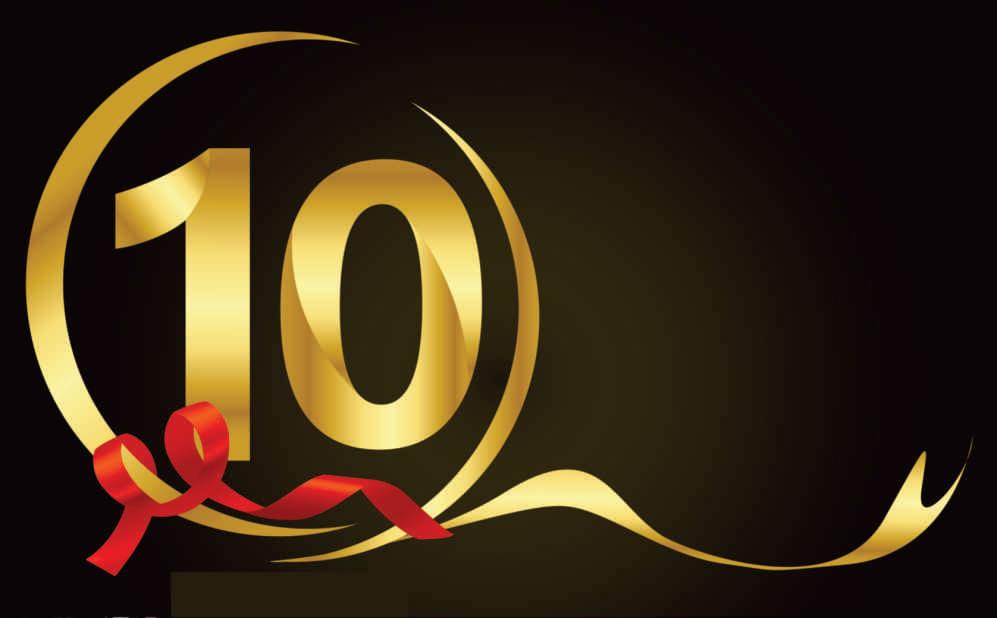
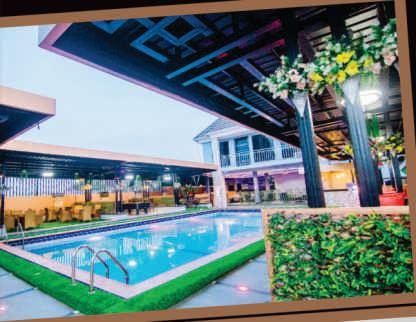
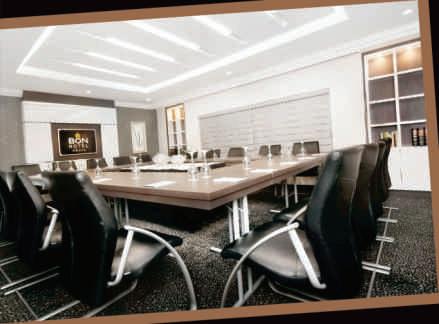
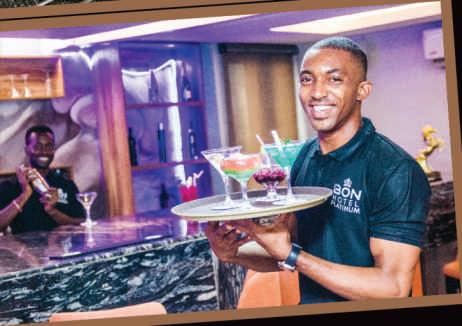

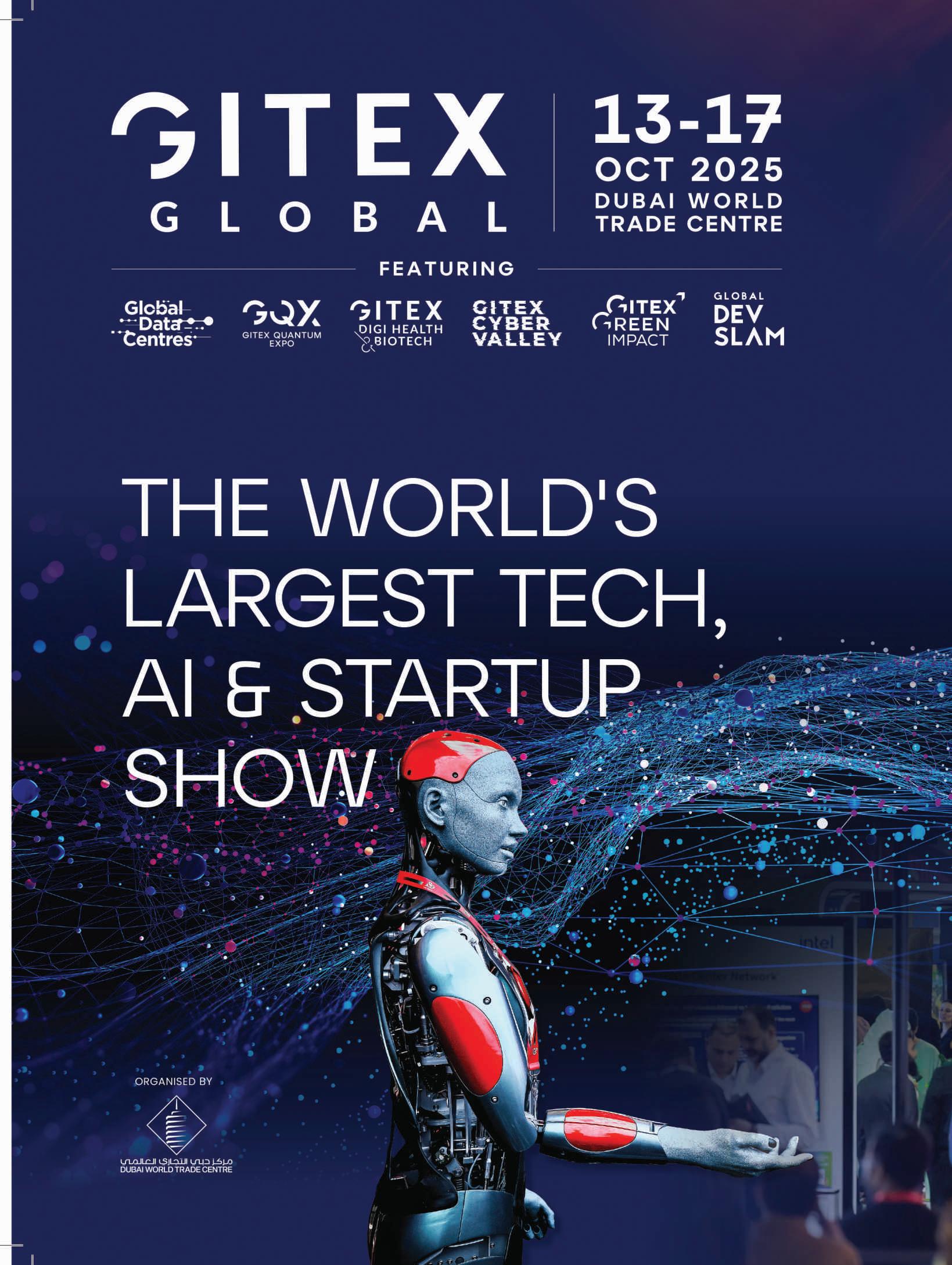



www.x.com/insightssuccess

